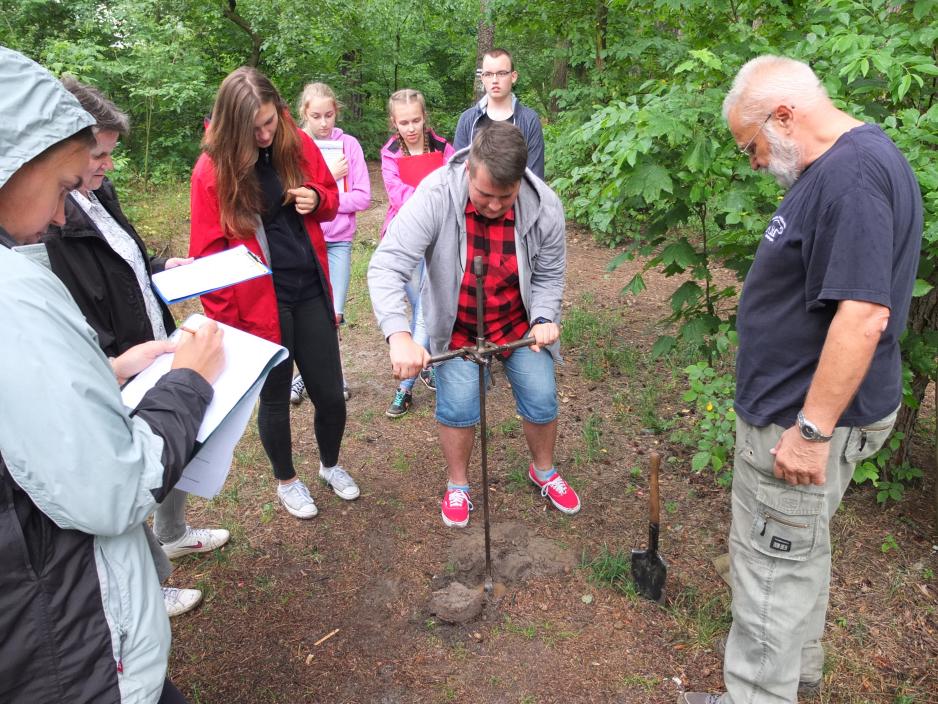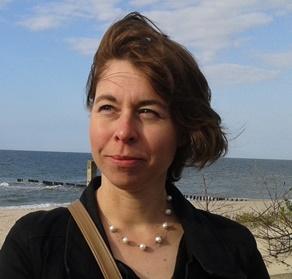Can Arctic research strengthen science education across Europe?

Ever since the European Commission has called for more scientists to be needed in Europe back in 2004, science education has been the focus of considerable attention. A base level understanding of science is crucial to engage in reasoned discourse about science and technology in order to cope with the information and knowledge overload of today’s digital world. Yet, the study of science is not the most popular among the younger generation.
In a recent article High North News talked to Ken Coates, Canada Research Chair in Regional Innovation at the University of Saskatchewan, about the problem of lacking scientific literacy among our society and the related challenges in the North. Coates highlighted that scientific education for young people – especially in the northern areas of Canada and the U.S. – is rather limited, despite the fact of the youngsters being literally surrounded by scientists. He argued for an educational system that is better embedded in northern realities where both indigenous and ‘Western’ science are equally respected.
This week we would like to turn the tables and present a project that aims to use the Arctic as a vehicle to strengthen science education curricula all across Europe, the EDU-ARCTIC project. Funded by the European Union’s Horizon 2020 Research and Innovation programme, it aims to encourage interest in science, technology, engineering and mathematics (STEM) education among students aged 13-20.
Unlike other projects, EDU-ARCTIC does not only use the Arctic as visual aids to illustrate regional repercussions of global climate change but essentially avails related Arctic research as enticement to engage European teenagers in science.
"Tomorrow’s leaders need to be equipped for tomorrow’s challenges, and we must adequately prepare our children for the future they will inherit. This requires a commitment to provide children with environmental education that helps them become the leaders of tomorrow", says Agata Goździk, the EDU-ARCTIC project coordinator from the Institute of Geophysics at the Polish Academy of Sciences in Warsaw.
"Over the last decades European polar research has contributed critical knowledge to identify the processes behind the Arctic’s rapid changes. However, related data sets still need to be completed to fully understand and more effectively predict the effects of regional changes on our global climate and society. Hence what we need now is a young generation that is actually interested in discovering these unknowns", Goździk continues.
Engaging students in an activity essentially means to make their experience relevant and real. With science often being considered as abstract, it is all the more important to provide relevancy and real-life examples to a student’s education. Yet, in the case of the North/Arctic this comes with a certain challenge: the region’s distance to the centers in the South.
The EDU-ARCTIC project aims to meet this challenge by using several interactive online tools that allow teachers and students to interact with polar scientists hundreds or even thousands of kilometers away.
"Our programme uses a mix of different tools to offer a fresh approach to teaching STEM subjects", Goździk explains: "1) Online webinar lessons and virtual classrooms hosted by researchers directly from Arctic research stations, such as the Polish Polar Station Hornsund on Spitsbergen or the Svanhovd station in Northern Norway; 2) an evolving online encyclopedia called ‘Polarpedia’ that contains a glossary of scientific terms and educational resources in at least five European languages; 3) a ‘citizen science’ environmental monitoring programme with participating students conducting environmental monitoring around their schools and submitting the collected data to an open and accessible database; 4) Arctic competitions with the chance to win a trip to an Arctic research station and eventually 5) teacher workshops and training sessions aimed at giving teachers the right tools to use EDU-ARCTIC resources."
Goździk hopes that especially the online lessons and monitoring programme will contribute to increase young people’s interest and awareness of their surrounding environment.
"The important links between their own activities in the monitoring system and the use of new IT technologies will hopefully create enthusiasm for STEM topics while simultaneously allowing participants to broaden their grasp of societal challenges in an unique case such as the Arctic."
"We believe in engaging, active education and hope students profit from the direct engagement with Arctic researchers. We are convinced that this type of education, especially for STEM subjects, is crucial to build the skills needed for the challenges of the 21st century: critical thinking, forming hypotheses, interpreting data, analyzing, developing conclusions, and solving problems. The Arctic and the Northern regions as such can be helpful tool – in many ways," Goździk concludes.
The EDU-ARCTIC consortium consists of six partners from the Faroe Islands, France, Iceland, Norway and Poland. The project started in May 2016 and will last until April 2019. By now more than 9000 students and 460 teachers from 36 countries in Europe and beyond took part in EDU-ARCTIC programme activities.

